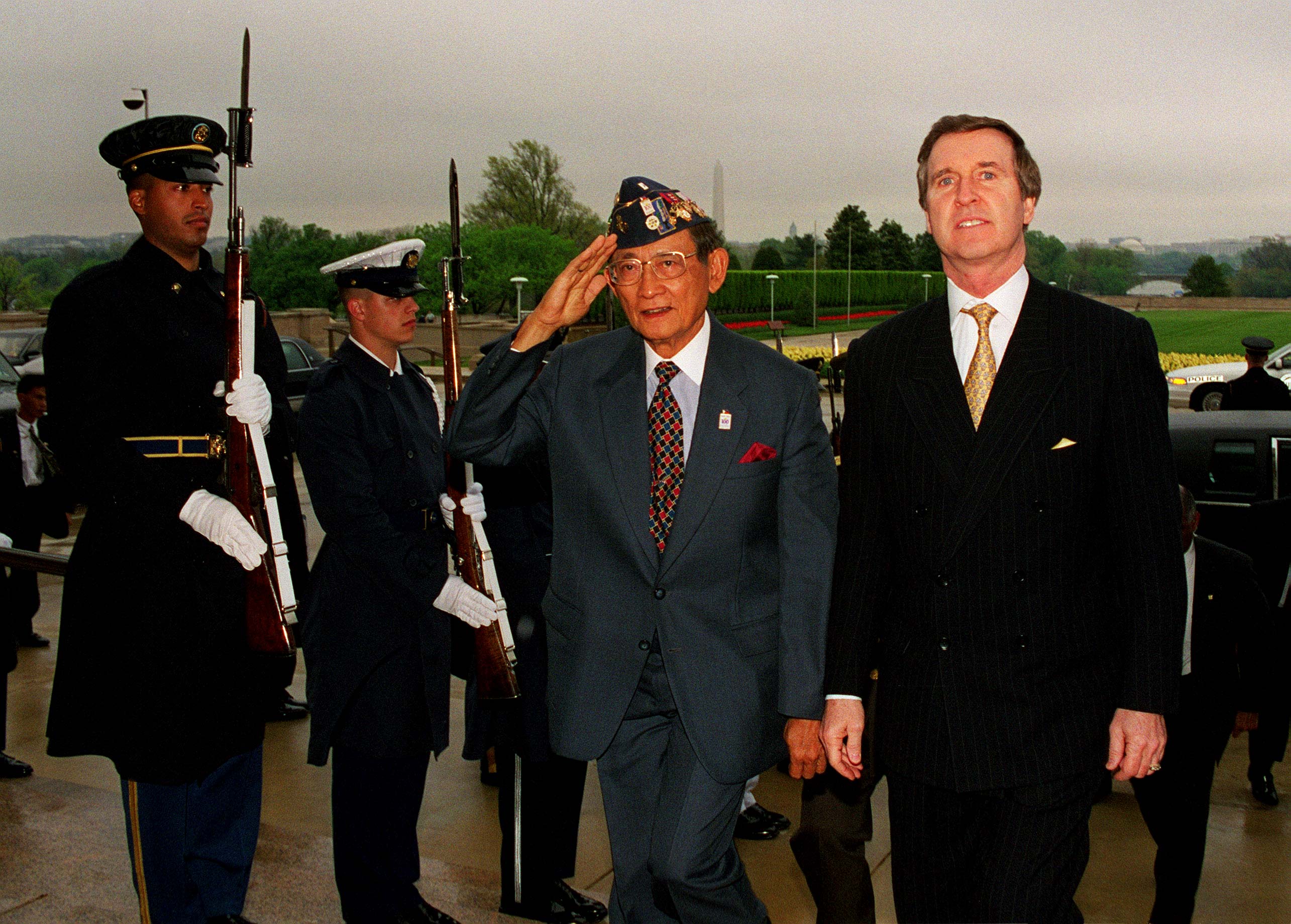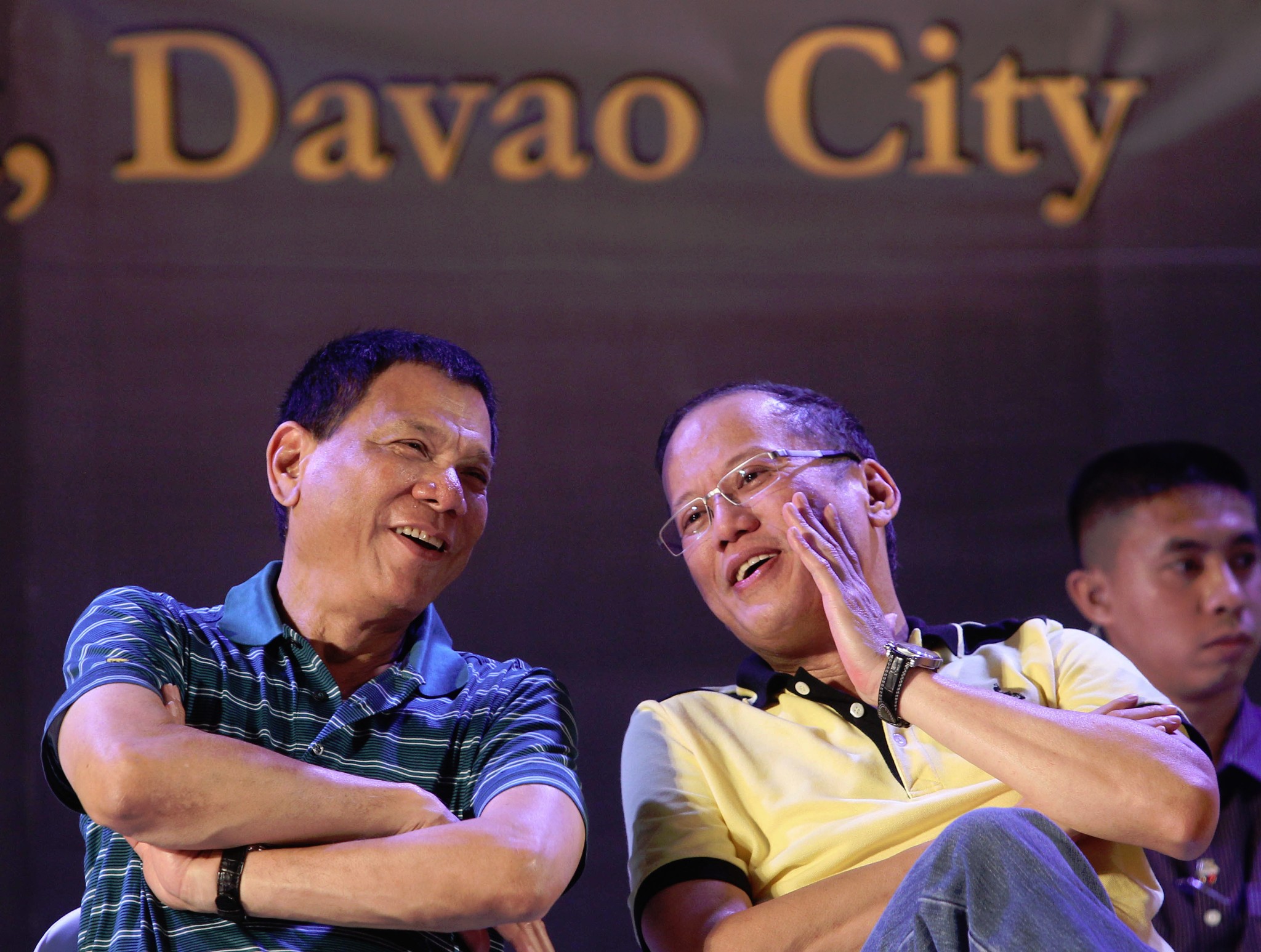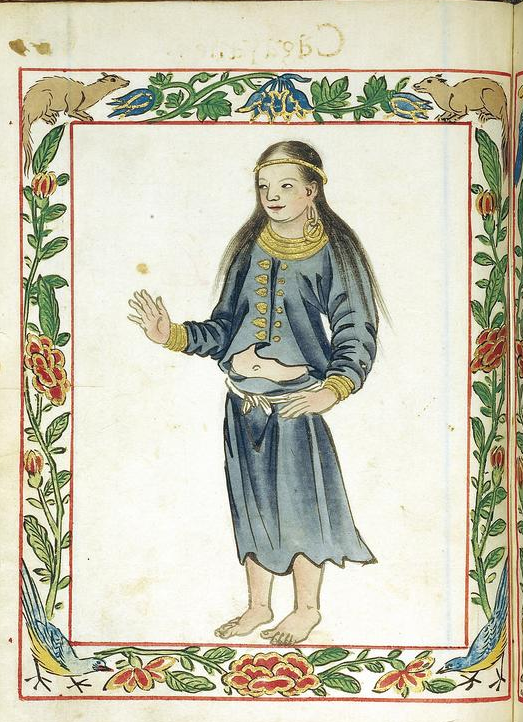|
Lina Sarmiento
Lina Sarmiento (born 1958) is the first female third-level official of the Philippine National Police to receive and hold the rank of director, a rank equivalent to that of a major general in the Philippine military. At this two-star rank level, Sarmiento became the head of the PNP’s Community Relations Group on June 22, 2012 at the age of 53, a part of the PNP Directorial Staff. Before this post, Sarmiento was a police chief superintendent. Biography As a graduate student with a bachelor's degree in Chemistry, Sarmiento started in her career as policewoman as a forensic chemist in the police service, by joining the Philippine National Police in 1980. She later held other positions in the PNP Crime Laboratory, Directorate for Operations, Police Regional Office and the Philippine Drug Enforcement Agency. She later became Director of the PNP Human Rights Affairs Office and the Police Security and Protection Group. Sarmiento was also a graduate student with a degree in Law. Sarmien ... [...More Info...] [...Related Items...] OR: [Wikipedia] [Google] [Baidu] |
TESDA
The Technical Education and Skills Development Authority (TESDA ; fil, Pangasiwaan sa Edukasyong Teknikal at Pagpapaunlad ng Kasanayan) serves as the Philippines' Technical Vocational Education and Training (TVET) authority. As a government agency, TESDA is tasked to both manage and supervise the Philippines' Technical Education and Skills Development (TESD). Its goals are to develop the Filipino workforce with "world-class competence and positive work values" and to provide quality technical-educational and skills development through its direction, policies, and programs.“Vision, Mission, Value and Quality Statement.” 2017. Technical Education and Skills Development Authority - TESDA. TESDA. Accessed June 26. http://www.tesda.gov.ph/About/TESDA/11. History Predecessor Technical-Vocational Education was first introduced to the Philippines through the enactment of Commonwealth Act No. 3377, or the “Vocational Act of 1927.” On June 3, 1938, the National Assembly of ... [...More Info...] [...Related Items...] OR: [Wikipedia] [Google] [Baidu] |
Philippine Military
The Armed Forces of the Philippines (AFP) ( fil, Sandatahang Lakas ng Pilipinas) are the military forces of the Philippines. It consists of three main service branches; the Army, the Air Force, and the Navy (including the Marine Corps). The President of the Philippines is the Commander-in-Chief of the AFP and forms military policy with the Department of National Defense, an executive department acting as the principal organ by which military policy is carried out, while the Chief of Staff of the Armed Forces of the Philippines serves as the overall commander and the highest-ranking officer in the AFP. Founded under the National Defense Act of 1935, while tracing its roots to the Philippine Revolutionary Army, the AFP has played an integral part in the country's history. The AFP has also been involved in various conflicts, such as combatting rebellion against the Communist Party of the Philippines (CPP) and it's attached organizations, the New People's Army (NPA) and the Natio ... [...More Info...] [...Related Items...] OR: [Wikipedia] [Google] [Baidu] |
Women Police Officers
A woman is an adult female human. Prior to adulthood, a female human is referred to as a girl (a female child or adolescent). The plural ''women'' is sometimes used in certain phrases such as "women's rights" to denote female humans regardless of age. Typically, women inherit a pair of X chromosomes, one from each parent, and are capable of pregnancy and giving birth from puberty until menopause. More generally, sex differentiation of the female fetus is governed by the lack of a present, or functioning, SRY-gene on either one of the respective sex chromosomes. Female anatomy is distinguished from male anatomy by the female reproductive system, which includes the ovaries, fallopian tubes, uterus, vagina, and vulva. A fully developed woman generally has a wider pelvis, broader hips, and larger breasts than an adult man. Women have significantly less facial and other body hair, have a higher body fat composition, and are on average shorter and less muscular than men. Throu ... [...More Info...] [...Related Items...] OR: [Wikipedia] [Google] [Baidu] |
Filipino Police Officers
Filipino may refer to: * Something from or related to the Philippines ** Filipino language, standardized variety of 'Tagalog', the national language and one of the official languages of the Philippines. ** Filipinos, people who are citizens of the Philippines or are of Filipino descent. Other uses * Filipinos (snack food), branded cookies manufactured in Europe See also * * * Filipinas (other) Filipinas may refer to: * ''Filipinas, letra para la marcha nacional'', the Spanish poem by José Palma that eventually became the Filipino national anthem. * The original Spanish name, and also used in different Philippines languages including ... {{disambiguation Language and nationality disambiguation pages ... [...More Info...] [...Related Items...] OR: [Wikipedia] [Google] [Baidu] |
Women In The Philippine Military
Women were initially granted the right to serve in the Philippine military only in the reserve ranks and the technical services as part of the Women's Auxiliary Corps established in 1963. In 1993, women were granted the rights to become trained combat soldiers in the Philippine military when ''Republic Act No. 7192'' was passed, which granted women in the Philippines to become cadets in the Philippine Military Academy in April that year. Background Since the beginning of the creation of the Philippine military approximately on October 25, 1899, the Armed Forces of the Philippines never had female soldiers. Notable Filipino women soldiers The first batch of female cadets to graduate as soldiers in the Philippines was in 1997. Among the notable female cadets was Arlene A. Dela Cruz from the batch of graduates of 1999, who received awards such as the Presidential Saber, the Philippine Navy Award, the Navy Courses Plaque, the Social Sciences Plaque, and the Humanities Plaque. De ... [...More Info...] [...Related Items...] OR: [Wikipedia] [Google] [Baidu] |
Women In The Philippine National Police
Women in the Philippine National Police are women in the Philippines who joined the police force in the Philippines to become policewomen and law enforcers. When Filipino women started to join the male-dominated Philippine National Police (PNP), they were given only assignments that were administrative in nature and jobs that could be classified and described as "desk duties". Within the following thirty years - years after the establishment of the PNP in the early period of the 1990s, female Filipino police officers have participated in other police activities and functions, including risky PNP operations. They have also become commanders in the field of police work. Among the Filipino policewomen who excelled in the PNP were Lina Sarmiento and Lorlie Arroyo. In 2012, Sarmiento and Arroyo were the only two "female generals" in the Philippine National Police. They were both Chief Superintendents, with Sarmiento being the head of the Police Security and Protection Group (PSPG), ... [...More Info...] [...Related Items...] OR: [Wikipedia] [Google] [Baidu] |
Philippine Military Academy
The Philippine Military Academy ( fil, Akademiyang Militar ng Pilipinas / es, Academia Militar de Filipinas) also referred to by its acronym PMA is the premier military academy for Filipinos aspiring for a commission as a military officer of the Armed Forces of the Philippines (AFP). It was established on December 21, 1936, by the virtue of National Defense Act of 1935. It is patterned after the United States Military Academy, in West Point, New York. The academy is located in the city of Baguio, and serves as the primary training school for future officers of the AFP. The academy traces its roots to 1898, when Emilio Aguinaldo decreed the establishment of the ''Academia Militar'' in the Philippines. The present academy serves as a national historical landmark for historic contribution and its “long and unending line of quality military education.” The campus is a popular tourist destination in Baguio. Cadet candidates for admission must undergo and pass series of tes ... [...More Info...] [...Related Items...] OR: [Wikipedia] [Google] [Baidu] |
Chief Superintendent
Chief superintendent is a senior rank in police forces, especially in those organised on the British model. Rank insignia of chief superintendent File:Sa-police-chief-superintendent.png, South Australia Police File:RCMP Chief Superintendent.png, Royal Canadian Mounted Police File:Distintivo Superintendente-Chefe PSP.png, Portuguese Public Security Police File:Chief Superintendant Epaulette.svg, UK police chief superintendent epaulette Chief superintendent by country Australia In Australia, a chief superintendent is senior to the rank of superintendent in all the Australian police forces excepting the Western Australia Police. It is junior to the rank of commander (Victoria Police, South Australia Police) and the rank of assistant commissioner (New South Wales Police, Queensland Police). Officers wear the insignia of a crown over two Bath stars (or in the case of the New South Wales Police, a crown over two stars) the same as a colonel in the army. Canada In the Royal Can ... [...More Info...] [...Related Items...] OR: [Wikipedia] [Google] [Baidu] |
Major General
Major general (abbreviated MG, maj. gen. and similar) is a military rank used in many countries. It is derived from the older rank of sergeant major general. The disappearance of the "sergeant" in the title explains the apparent confusion of a lieutenant general outranking a major general, whereas a major outranks a lieutenant. In the Commonwealth and in the United States, when appointed to a field command, a major general is typically in command of a division consisting of around 6,000 to 25,000 troops (several regiments or brigades). It is a two-star rank that is subordinate to the rank of lieutenant general and senior to the rank of brigadier or brigadier general. In the Commonwealth, major general is equivalent to the navy rank of rear admiral. In air forces with a separate rank structure (Commonwealth), major general is equivalent to air vice-marshal. In some countries including much of Eastern Europe, major general is the lowest of the general officer ranks, wit ... [...More Info...] [...Related Items...] OR: [Wikipedia] [Google] [Baidu] |
Rodrigo Duterte
Rodrigo Roa Duterte (, ; born March 28, 1945), also known as Digong, Rody, and by the initials DU30 and PRRD, is a Filipino lawyer and politician who served as the 16th president of the Philippines from 2016 to 2022. He is the chairperson of PDP–Laban, the ruling political party in the Philippines during his presidency. Duterte is the first president of the Philippines to be from Mindanao, and is the oldest person to assume office, beginning his term at age 71. Born in Maasin, Leyte (now in Southern Leyte), Duterte moved to Davao as a child where his father, Vicente Duterte, served as provincial governor. He studied political science at the Lyceum of the Philippines University, graduating in 1968, before obtaining a law degree from San Beda College of Law in 1972. He then worked as a lawyer and was a prosecutor for Davao City, before becoming vice mayor and, subsequently, mayor of the city in the wake of the 1986 People Power Revolution. Duterte won seven te ... [...More Info...] [...Related Items...] OR: [Wikipedia] [Google] [Baidu] |
Woman In The Philippines
The role of women in the Philippines ( fil, Kababaihan sa Pilipinas) is explained based on the context of Filipino culture, standards, and mindsets. The Philippines is described to be a nation of strong women, who directly and indirectly run the family unit, businesses, government agencies and haciendas. Although they generally define themselves in the milieu of a male-dominated post-colonial society, Filipino women live in a culture that is focused on the community, with the family as the main unit of society, but not always according to this stereotype. It is in this framework of Philippine hierarchical structure, class differences, religious justifications, and living in a globally developing nation wherein Filipino women struggle for respect. Compared to other parts of Southeast Asia, women in Philippine society have always enjoyed a greater share of equality.Clamonte, Nitz. Women in the Philippines, Compiled fro''Gender Awareness Seminars'' developed and facilitated by Nitz ... [...More Info...] [...Related Items...] OR: [Wikipedia] [Google] [Baidu] |
Police Ranks Of The Philippines
The following are the ranks of officials and officers of the Philippine National Police (PNP). These men and women report to the following: * The President of the Republic of the Philippines, * Through the office of The Secretary of the Interior and Local Government, and * The office of The Undersecretary for Public Safety, DILG. Current ranking classification (2019–present) As of February 2019, a new ranking classification for the Philippine National Police was adopted, eliminating the confusion of old ranks. The enabling law for the ranking is Republic Act 11200 which was signed by President Rodrigo Duterte, amending Section 28 of the Department of the Interior and Local Government Act of 1990 that refers to the ranking classification of the Philippine National Police. However, the usage of this classification internally by the PNP was put on hold in March 2019 during the creation of rules and regulations (IRR) of the rank classification, which determined how each rank w ... [...More Info...] [...Related Items...] OR: [Wikipedia] [Google] [Baidu] |

.jpg)


